The Rise of Bitcoin Ordinals and the BRC-69 Token Standard
Bitcoin Ordinals, also known as the bitcoin version of NFTs, have gained significant popularity with the launch of the BRC-69 token standard on July 3. This new standard aims to overcome the limitations of inscriptions on the bitcoin blockchain and reduce the associated time and cost. Here are the key points:
1. BRC-69 Introduces Innovative Solution: The BRC-69 token standard allows users to extract data from existing inscriptions and use it to create new ones, bypassing the 4-megabyte size restriction. This mechanism, known as “recursive inscriptions,” reduces costs by more than 90%.
2. Simplified Process: Minters can now inscribe a single line of text instead of a full image using BRC-69. The final image is automatically rendered on all ordinal frontends using on-chain resources, thanks to recursive inscriptions.
3. Addressing Block Space Challenges: Bitcoin’s limited block space has been a concern for Ordinals. However, recursive inscriptions offer a way to tackle this challenge, allowing users to explore new possibilities beyond the 4-megabyte limit.
4. Implications of Recursive Inscriptions: According to Leonidas, a self-proclaimed NFT historian, recursive inscriptions have massive implications as bitcoin effectively gains an internal internet. The precise applications of this advancement are yet to be fully realized.
In conclusion, the introduction of the BRC-69 token standard and recursive inscriptions has sparked excitement in the Ordinals space, providing a solution to block space challenges and unlocking new possibilities for bitcoin. The future implications of this development are promising.
Hot Take
The BRC-69 token standard and recursive inscriptions have the potential to revolutionize the way we interact with bitcoin and NFTs. This advancement opens up new avenues for creativity and exploration, making bitcoin even more versatile and valuable. As the Ordinals space continues to evolve, we can expect to see further innovation and growth in the intersection of bitcoin and digital art.


 By
By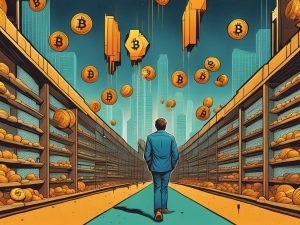
 By
By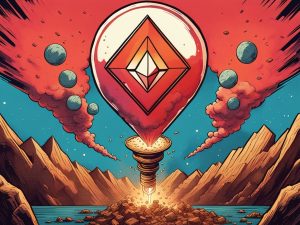
 By
By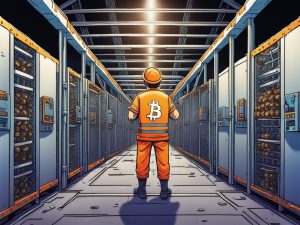
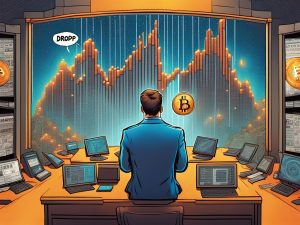
 By
By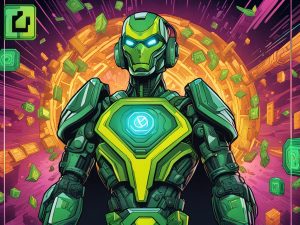
 By
By